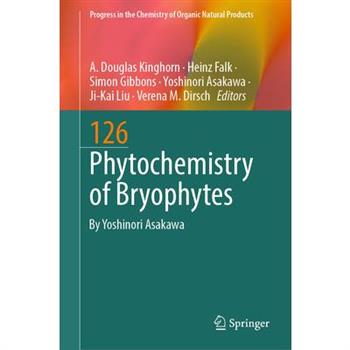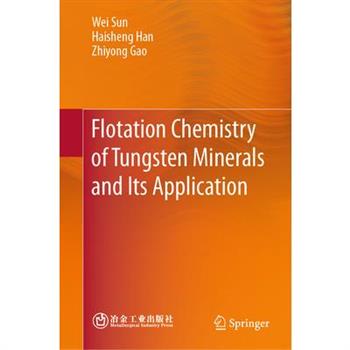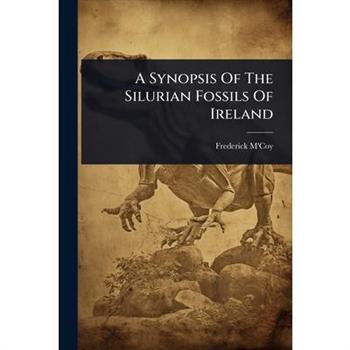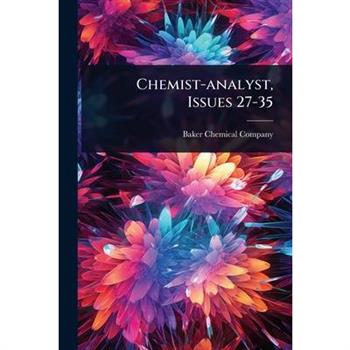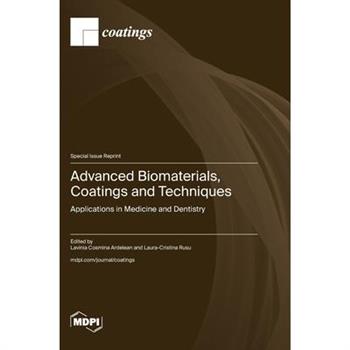Laser-Induced Breakdown Spectroscopy in Biological, Forensic and Materials Sciences
The 2nd edition of this book builds on the success of its predecessor, offering a comprehensive overview of recent advances and emerging applications in the area of laser-induced breakdown spectroscopy (LIBS). The new edition expands LIBS fundamentals and presents new case studies of applications to biological sciences. Readers will also find an updated perspective of LIBS applications to forensic and materials sciences. LIBS, which was previously mainly used by physicists, chemists and in the industry, has now become a very useful tool with great potential in these other fields as well. LIBS has a unique set of characteristics including minimal destructiveness, remote sensing capabilities, potential portability, extremely high information content, trace analytical sensitivity and high throughput. With its content divided into two main parts, this book provides not only an introduction to the analytical capabilities and methodology but also an overview of the results of recent applications in the above fields. The application-oriented, multidisciplinary approach of this work is also reflected in the diversity of the expert contributors. Topics added to this new edition include: Application of nanostructures in LIBS LIBS food analysis Cancer diagnostics using LIBS LIBS in nuclear and fusion research Microplastics detection using LIBS Tag-LIBS in biological applications Given its breadth, this book will appeal to students, researchers and professionals interested in solving analytical/diagnostic/material characterization tasks with the application of LIBS. Supplementary videos can be accessed online as well as directly from the print book; simply download the Springer Nature More Media App for free and scan the links with the play button.
Theoretical Foundations of Multiscale Modelling
Theoretical Foundations of Multiscale Modelling aims to address thermodynamical and statistical mechanical foundations of methods commonly employed, highlighting the potential and limitations of each approach. Starting with an overview of the basics of statistical mechanics, the book's chapters illustrate the general theory of molecular modelling, the concepts and methods for the study of complex molecular systems, key strategies employed to perform computational calculations and simulations, recent, cutting-edge tools of the trade, and a selection of case studies that highlight multi-scale modeling, multiple-resolution simulation methods, and machine-learning applications. Drawing on the experience of its expert authors, this book is an insightful guide for all those learning, applying or interested in exploring multiscale modelling methods for their own work. Multiscale modelling approaches can provide valuable insights to researchers across a broad range of fields, but the interdisciplinary applicability of these approaches means both new learners and experienced researchers may not have a clear understanding of the theoretical and computational fundamentals underpinning these methods.
Activity-Based Proteomics
This volume comprehensively covers techniques that use activity-based proteomics to investigate biological functions of proteins such as lipolytic enzymes, serine hydrolases, chitinases, and glycoside hydrolases. The chapters in this book cover a wide range of protocols and an overview on the application of activity-based proteomics profiling to study deISGylating enzymes, serine hydrolases, monooxygenases, ubiquitin E3 ligases, and reactive cysteine in various organisms, including bacteria, viruses, and mammalian cells and tissues. Furthermore, this book provides updated, comprehensive protocols for utilizing activity-based proteomics profiling to discover new enzymes, detect novel modifications, and identify new drug therapy targets. Written in the highly successful Methods in Molecular Biology series format, chapters include introductions to their respective topics, lists of the necessary materials and reagents, step-by-step, readily reproducible laboratory protocols, and tips on trouble3.shooting and avoiding known pitfalls. Cutting-edge and comprehensive, Activity-Based Proteomics: Methods and Protocols is a valuable resource for all researchers who are interested in applying the latest technologies in this advancing field.
Nitrogen And Mineral Constituents Of The Alfalfa Plant
Catalogue Of Fossils In Lorenzo G. Yates’ Colletion
Microbial Nanotechnology for Sustainable Future
This book covers the fundamentals and methods of biologically producing nanoparticles using microorganisms such as bacteria, fungi, and algae, along with optimization strategies for microbe-mediated nanoparticle production. It explores industrial and agricultural applications of microbial nanoparticles and their use in healthcare and pharmaceuticals, including treatments for multidrug-resistant infections and cancer. Focusing on microbial nanotechnology, this book highlights its applications in food production, pharmaceuticals production, water treatment, and environmental remediation. It provides valuable insights for researchers and students into food sciences, biotechnology, microbiology, and pharmaceuticals. Additionally, it discusses the environmental applications of microbial nanotechnology, emphasizing recent advancements and future research directions, serving for both academic and industrial researchers as a guide to transformative applications in this field.Features Gives an overview of microbial nanotechnology and its applications to the environment Deals with the challenging effects of microbial nanotechnology on the environment, human health, safety, and sustainability Offers guidelines and cutting-edge methods and trends for environmental remediation Examines how nanotechnology can facilitate the detection of minute amounts of viruses, bacteria, and other pollutants in food and other industrial applications Incorporates case studies and real-world applications to show how microbial nanotechnology affects contemporary sciences and technologies
Record Of North American Invertebrate Pal?]ontology
Catalogue Of Fossils In Lorenzo G. Yates’ Colletion
Record Of North American Invertebrate Pal?]ontology
Flotation Chemistry of Tungsten Minerals and Its Application
Cenozoic Mammal Horizons Of Western North America
V Is for Venom
Fourteen stories. Fourteen more poisons. Just because it's fiction doesn't mean it's all made-up ... Agatha Christie is renowned for her captivating plots and creative ways of killing off ill-fated victims. And what better way to add intrigue to a story than poison? The surreptitious ways they can be administered and the characteristic symptoms they produce make these killer chemicals the ideal method of murder in a 'whodunit'. Christie perfected the use of poisons in her plots; her deft and varied use of toxic substances is one of her great strengths as a writer. But how is it that some compounds prove so fatal, and in such tiny amounts? The follow up to Kathryn Harkup's best-selling A is for Arsenic, V is for Venom is a compelling exploration of Christie's use of poisons and her extensive chemical knowledge. Featuring fourteen more poisons from the works of Agatha Christie, this book investigates the science behind the deadly substances, the history of their use in real-life murder cases, and how feasible was it to obtain, administer and detect these poisons in Christie's time and today. Combining Christie's murder mysteries, chemical science and true crime, V is for Venom is a celebration of the use of science by the undisputed Queen of Crime.
A Synopsis Of The Silurian Fossils Of Ireland
"A Synopsis Of The Silurian Fossils Of Ireland," meticulously prepared by Frederick M'Coy, offers a detailed examination of the fossil collections gathered from various regions across Ireland. These collections were compiled from districts surveyed by Sir Richard Griffith, as delineated on his geological map of Ireland. This synopsis not only provides descriptions of numerous fossils but also serves as a valuable resource for understanding the Silurian period's geological history in Ireland.M'Coy璽€(TM)s work stands as a significant contribution to the fields of paleontology and geology, providing insights into the ancient life forms that once inhabited the Irish landscape. This book is essential for researchers, students, and anyone interested in the rich geological heritage of Ireland and the broader study of Silurian fossils.This work has been selected by scholars as being culturally important, and is part of the knowledge base of civilization as we know it. This work was reproduced from the original artifact, and remains as true to the original work as possible. Therefore, you will see the original copyright references, library stamps (as most of these works have been housed in our most important libraries around the world), and other notations in the work.This work is in the public domain in the United States of America, and possibly other nations. Within the United States, you may freely copy and distribute this work, as no entity (individual or corporate) has a copyright on the body of the work.As a reproduction of a historical artifact, this work may contain missing or blurred pages, poor pictures, errant marks, etc. Scholars believe, and we concur, that this work is important enough to be preserved, reproduced, and made generally available to the public. We appreciate your support of the preservation process, and thank you for being an important part of keeping this knowledge alive and relevant.
Advanced Biomaterials, Coatings and Techniques
This reprint is of interest to scholars and researchers in the field of biomaterials and coatings in medicine and dentistry, and it provides information on the current challenges and future directions in this domain. It compiles a total of thirteen cutting-edge research and extensive review articles demonstrating the great potential of novel, high-quality biomaterials, coatings, and technologies, as well as their ultimate impact on the quality of life.







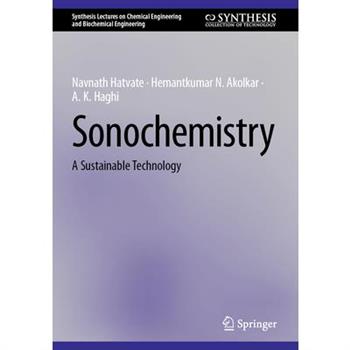

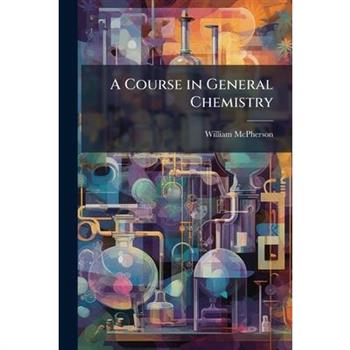

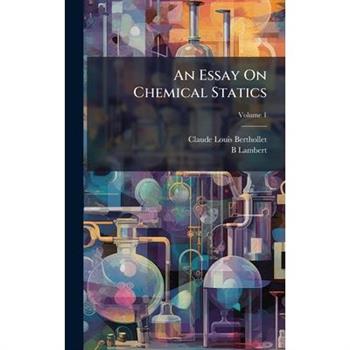
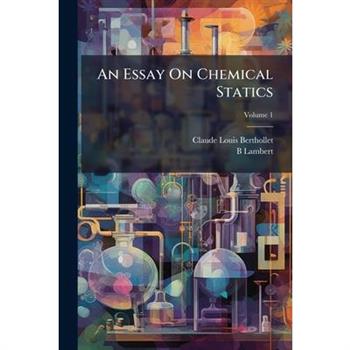

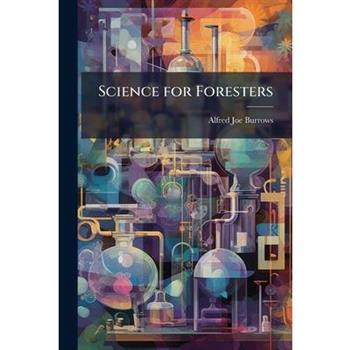
![Descriptions of the Pal?]ozoic Fossils of New South Wales (Australia) Descriptions of the Pal?]ozoic Fossils of New South Wales (Australia)](https://cdn.kingstone.com.tw/english/images/product/5152/9781023765152m.jpg?Q=925a6)
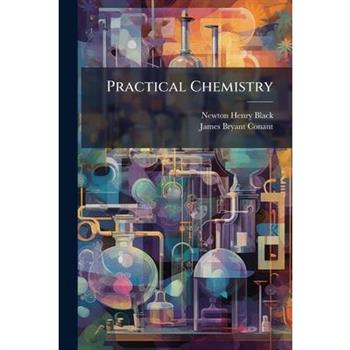
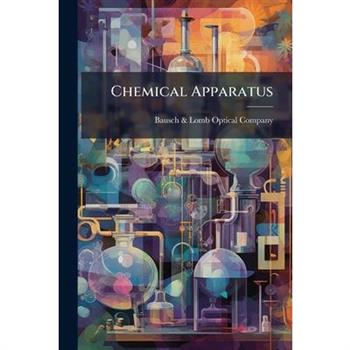
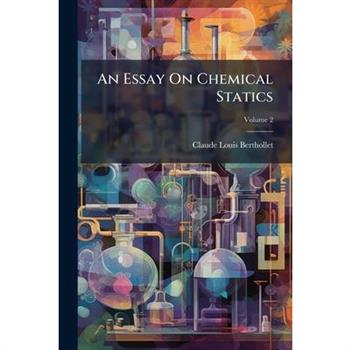
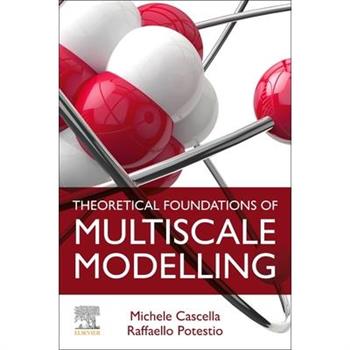

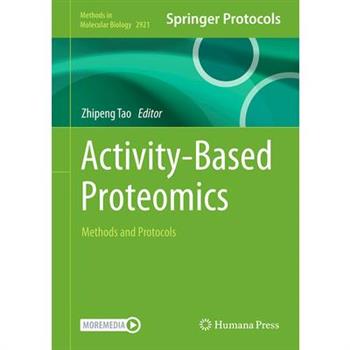
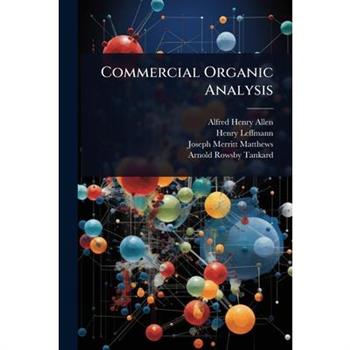
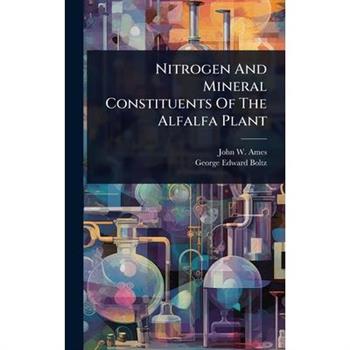

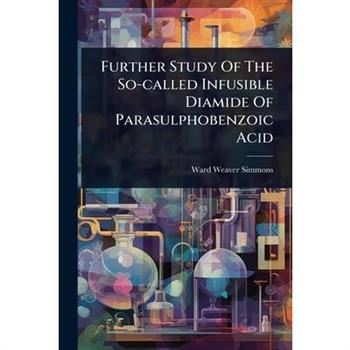

![Descriptions of the Pal?]ozoic Fossils of New South Wales (Australia) Descriptions of the Pal?]ozoic Fossils of New South Wales (Australia)](https://cdn.kingstone.com.tw/english/images/product/0065/9781023760065m.jpg?Q=a980c)


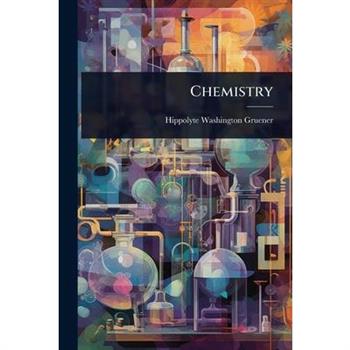

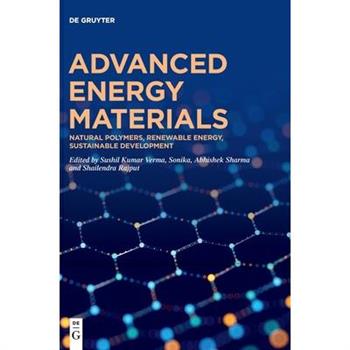
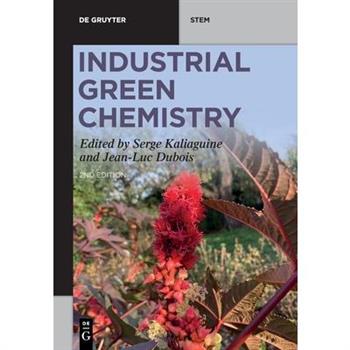
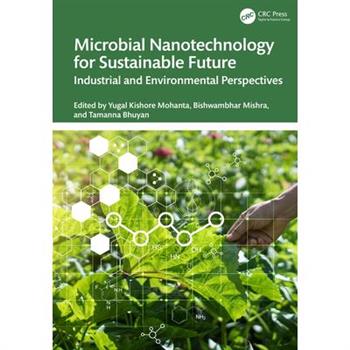
![Record Of North American Invertebrate Pal?]ontology Record Of North American Invertebrate Pal?]ontology](https://cdn.kingstone.com.tw/english/images/product/2203/9781024912203m.jpg?Q=22ee6)


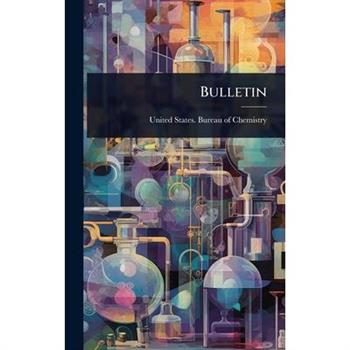
![Record Of North American Invertebrate Pal?]ontology Record Of North American Invertebrate Pal?]ontology](https://cdn.kingstone.com.tw/english/images/product/8374/9781024908374m.jpg?Q=56c00)
